The wonderful thing about whiskey, is that it flows through history, connects cultures and is inextricably linked with people and places. My job as a whiskey bonder is to create the most diverse Library of Irish Whiskey Flavours in the world. I do that by sourcing whiskey spirit from distilleries all over Ireland and pairing them with casks from cooperages, distilleries and wineries all over the world. If you follow me on socials at all you’ll see I spend a good chunk of time in Kentucky. That’s because I source first fill casks directly from there and am always on the hunt for flavour. The Flavour profile of The Hanson derives much of its vibrancy from the juicy first fill bourbon casks it goes in to. Every drop of J.J. Corry will have just a whisper of the flavour of whatever was in the cask prior.
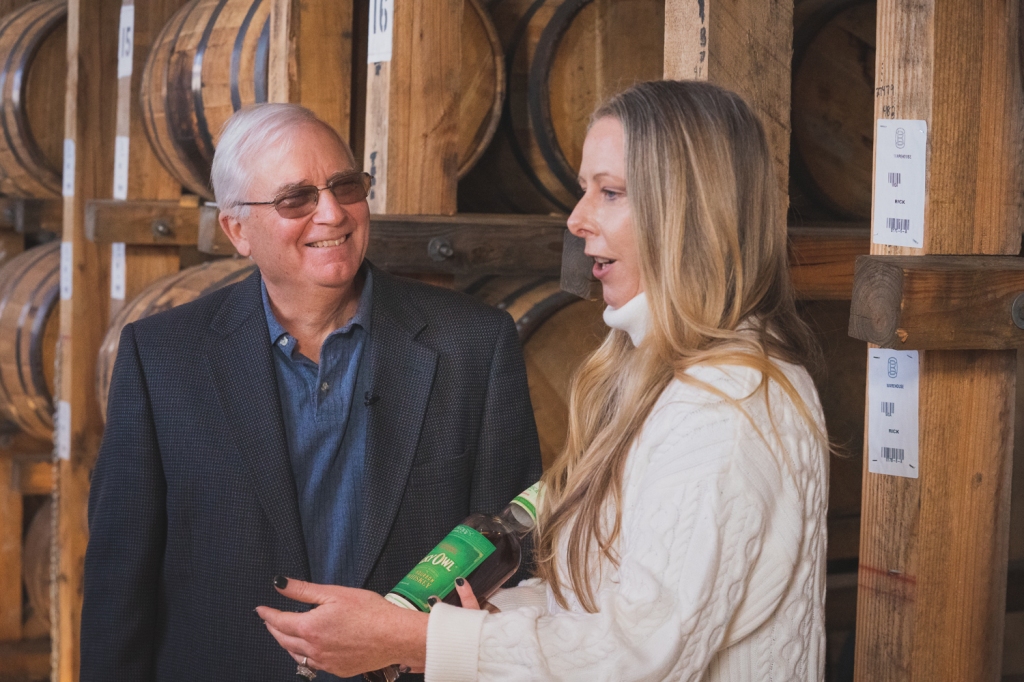
So, when Kentucky Owl approached me in relation to a potential collaboration I jumped at the chance. I had long admired Kentucky Owl which had since its launch garnered a cult like following in the U.S.A. Their business model is not dissimilar to our own and I had in fact studied it closely when I started J.J. Corry. They wanted me to work with them to create a 100% bourbon whiskey in honour of St. Patricks Day.
Now you might think that its somewhat cynical to make an American Whiskey for St. Patricks Day but think again. The ties between Ireland and Kentucky are inextricable and go as far back as the state’s history. The Irish were instrumental first in building the State and later as they became more affluent in administering it. The West of Ireland in particular has very specific ties to Kentucky. There is a neighbourhood in Louisville called ‘Limerick’ which is where, you guessed it, many people from Limerick settled whilst building the railroads. Let us not forget that Louisville’s most famous citizen Muhammed Ali’s ancestry was officially traced back to Ennis Co. Clare and he even Came over to visit prior to his death. So, for me this collaboration is a nod to those ancestral ties that bind but also to our shared history of Whiskey Making.
There can be no Irish Whiskey today without Kentucky Bourbon, but simultaneously there would be no Kentucky Bourbon in the first place if it wasn’t for Irish Whiskey. It was Irish & Scottsh immigrants who arguably began the roots of distillation in Kentucky & Tennessee in the 1800’s. Today in Ireland just about every whiskey producer uses ex-bourbon barrels to mature Irish Whiskey, it has been so for a quite some time and there is a simple reason behind it. Ireland is a largely deforested country, we lost most of our native oak in the 1700’s during the ‘Age of Sail’ when the thirst for shipbuilding meant oak was needed. As a result we had to import wood to make casks largely from Eastern Europe or France, and eventually this led to simply importing or just upcycling used casks from the places we were importing wines or spirits, like the Caribbean for rum or Jerez for Sherry. In the 1900’s as shipping routes between America and Europe improved and the Bourbon industry took off we began importing used bourbon casks and somehow it stuck. So now the industries have come full circle.
This is why whiskey is so intriguing it connects cultures and continues to flow through the twists and turns in History and that is largely why I wanted to do this collaboration. That and working with John Rhea.
The deal went like this, I would get access to a large section of their own collection of bourbons and could pick and choose the empty casks I wanted to bring to Ireland for maturing J.J. Corry stocks. Normally my role as an Irish Whiskey Bonder would end there, but, and this is the kicker, they then wanted me to take those bourbon stocks and to work with John Rhea their Master Blender on a 100% Bourbon Blend for launch around St. Patrick’s Day. Here’s how that process went and its gonna get technical so hold on as its paraphrased from my notes to John.
We began with individual bourbon samples. These were tasted blind and sensorially through the lens of what we would look for when sourcing casks for individual stocks we currently have. These were narrowed down and then tasted/nosed side by side with distillate we have in stock with a view to assessing compatibility.
Basically we were trying to imagine what if this particular Irish Distillate spent 7 years in a casks like this what echo of flavour would we get? I leant heavily towards some of the more wheat forward samples. This is possibly because of a recent foray here at J.J. Corry into sourcing that kind of stock. That is evident in the final blend we produced.
Then the blending began and here is where I had the great honour of working with John Rhea, a legend in Bourbon circles. The man who in modern times put Four Roses on the map and a sensory genius. We went as you do through many iterations of the final blend which ranged in age from 4 to 12 years old and came from several distilleries. We landed it at 100 Proof or 50% ABV and it is available right now.
As for the Kentucky Owl influenced J.J. Corry, you will have to wait some years for that I’m afraid. We’ve filled those casks with a combination of Pot Still, Malt and Grain and now we wait.
Here are my Tasting Notes for the Kentucky Owl X J.J. Corry Collaboration You can Buy it HERE. You can buy J.J. Corry HERE.
Tasting Notes:: Long, notes of caramel, butterscotch, frosted cinnamon roll. Chocolate orange, candy floss, and into some citrus peel. A bright forest fruit on the mid palate and a long lingering finish with vanilla pod and some balanced wood influence.
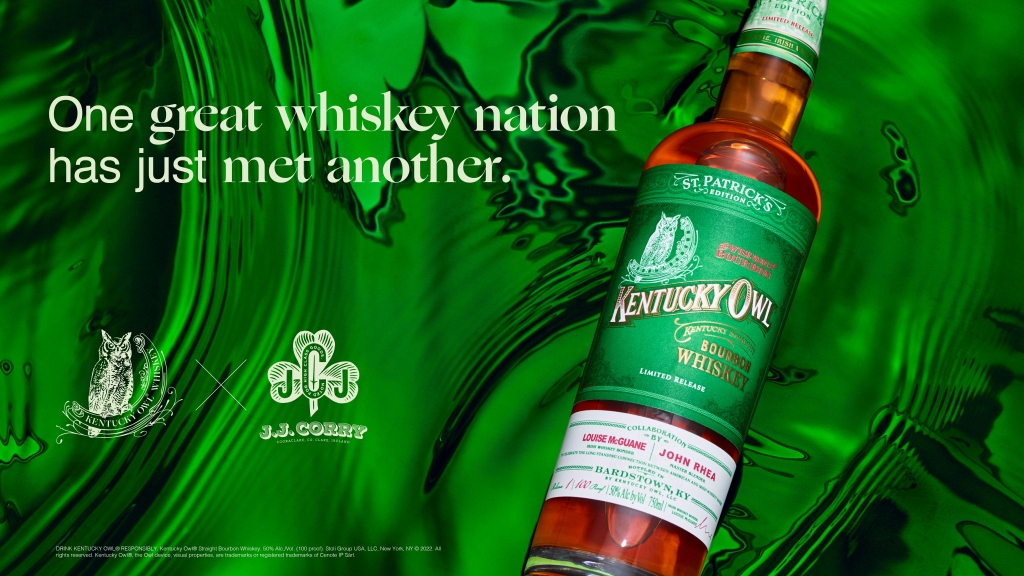
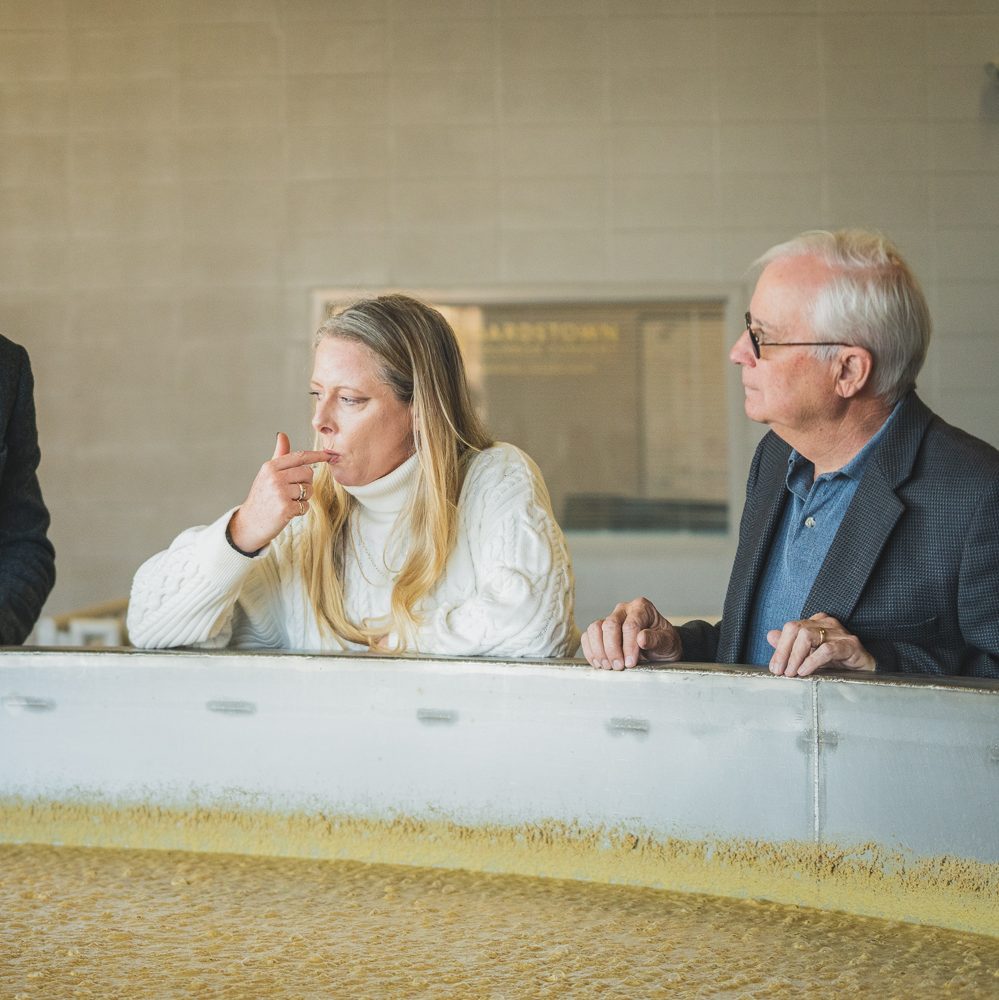
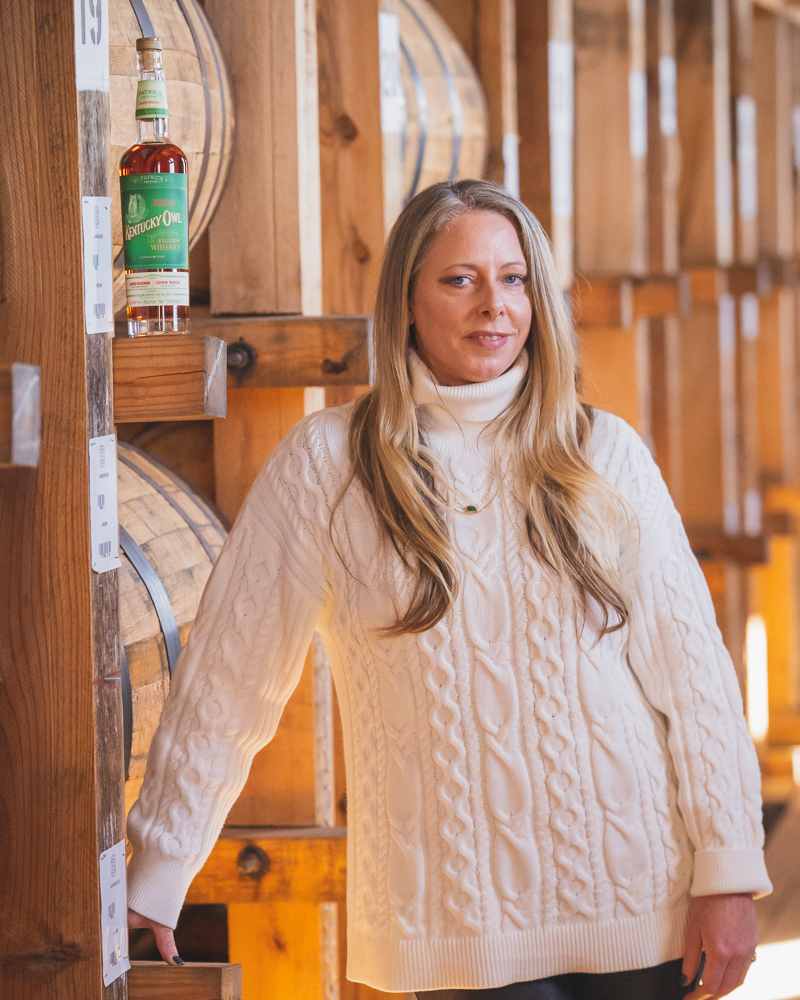
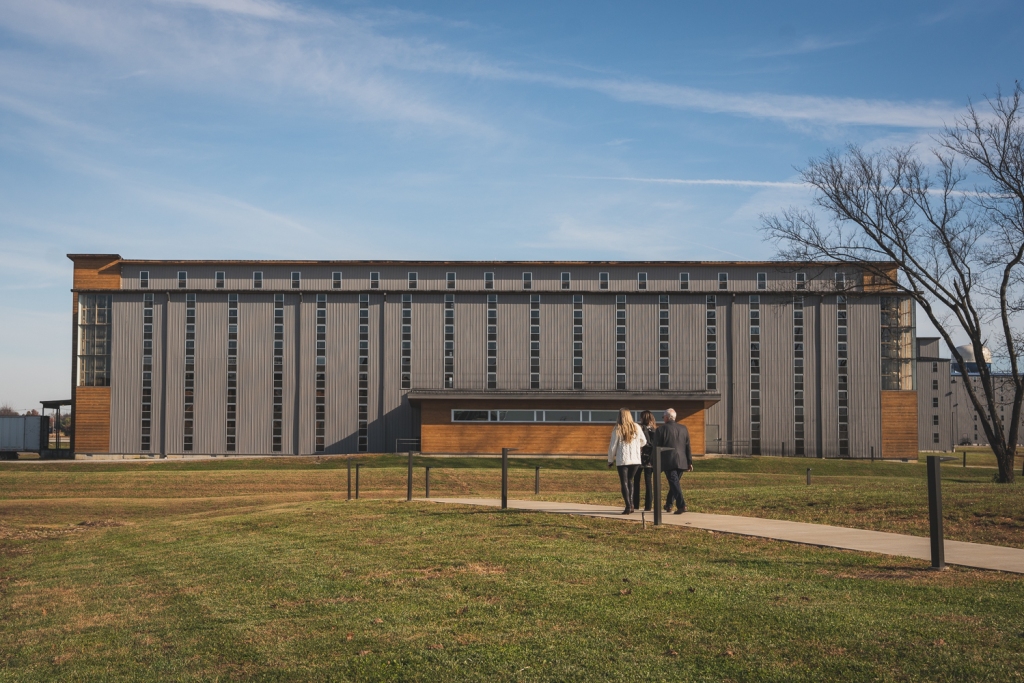
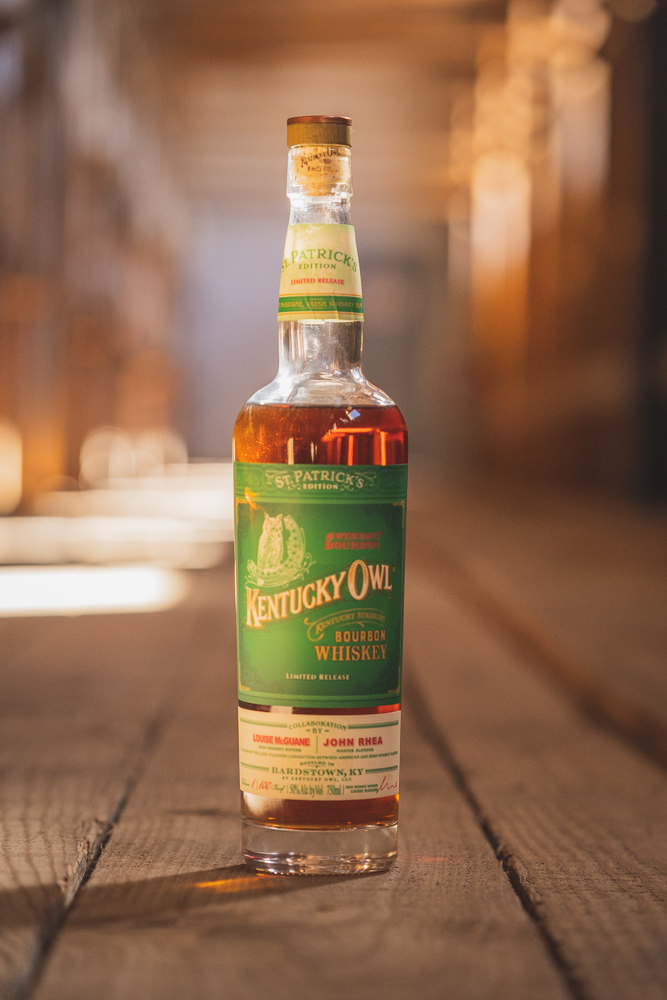
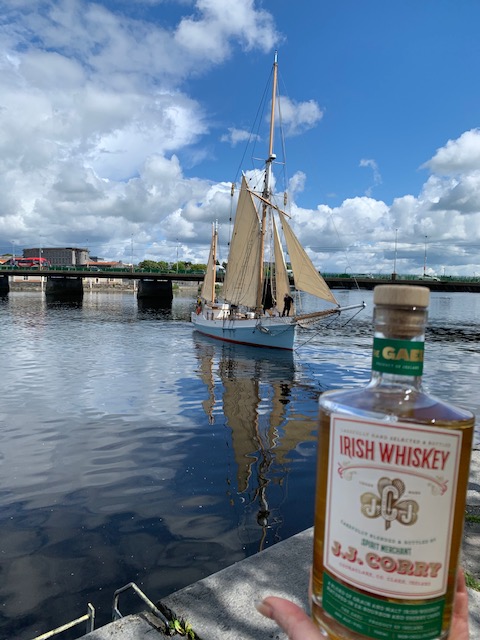
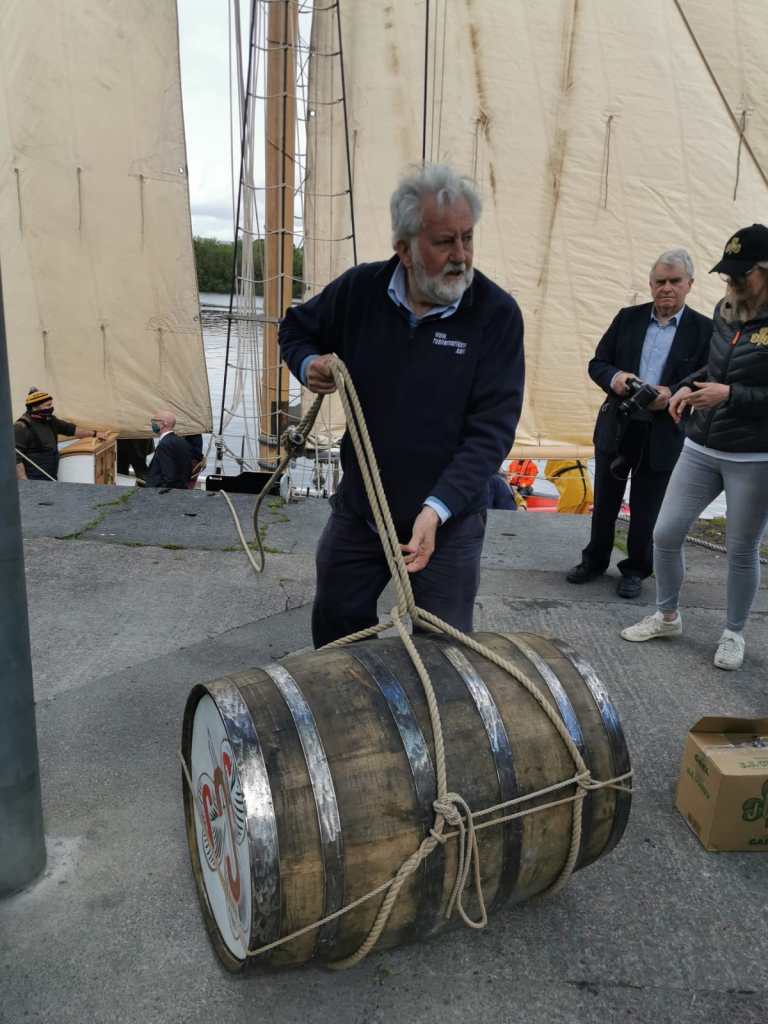



 Trees, casks and cooperage in that order are on my mind this week for a few reasons. I’m putting in an order to my guys in Kentucky for some juicy ex bourbon casks for our next batch of New Fill, second I’m planning a trip to Portugal to have a look at some other interesting vessels and third I have a visit coming up this week from one the only working Master Coopers left on the Island of Ireland. I understand there are four Master Coopers left here. Ger Buckley down in Midelton, John Neilly is coopering for Nephin from his base in Kilbeggan. Jose Cuervo have someone at Bushmills too. Pernod Ricard and Jose Cuervo have brought on apprentices in recent years but 2 more apprentices do not a dying industry make.
Trees, casks and cooperage in that order are on my mind this week for a few reasons. I’m putting in an order to my guys in Kentucky for some juicy ex bourbon casks for our next batch of New Fill, second I’m planning a trip to Portugal to have a look at some other interesting vessels and third I have a visit coming up this week from one the only working Master Coopers left on the Island of Ireland. I understand there are four Master Coopers left here. Ger Buckley down in Midelton, John Neilly is coopering for Nephin from his base in Kilbeggan. Jose Cuervo have someone at Bushmills too. Pernod Ricard and Jose Cuervo have brought on apprentices in recent years but 2 more apprentices do not a dying industry make.

